Why Women Should Do Calf Training
It’s a sad truth that many women still overlook calf training when it comes to their workouts; partly because it’s not very exciting but also because they are worried about building bulky calves. In reality you’re much more likely to build bulky calves with constant spin classes than with weight training, and proper calf training comes with a range of benefits for us ladies!
Including calf training in your workouts can help prevent injuries from running, can limit the damage done by wearing heels and can help to ensure you’re optimising the results of your lower body workouts to build more defined calves, legs and glutes!
Calf training for runners
When you run, your calf muscles are heavily recruited to absorb the impact from the ground and to propel your body forwards. If the calf muscles are unconditioned and weak, it leaves them very vulnerable to injury; which is why calf strains and tears are extremely common in runners. Unfortunately, once a calf muscle has suffered any kind of injury, it has the potential to become a chronic issue as the resulting scar tissue can predispose the area to recurring issues.
Strengthing the calves through proper calf strength training is therefore extremely important to help prevent injuries occuring, or reoccuring. We recommend training calves at least once a week, alongside your running training.
Calf training for high heel wearers
We all love how much more shapely our legs look when wearing heels but, sadly, wearing heels all day shortens your calf muscles. Over time this tightens and pulls on the muscle fibres running through your posterior chain, which can lead to lower back problems.
Calf training, where the calves are stretched through their full range of motion, helps to lengthen the calf muscles again. This should limit, and hopefully reverse, the damage done by wearing heels and reduce the risk of lower back pain.
Calf training to improve range of motion
Short and tight calves; whether from running, wearing heels, sitting at a desk all day or genetics – will limit the range of motion you are able to achieve with big compound movements such as Squats, Deadlifts, Split Squats or Good Mornings. A reduced range of motion on these exercises will make them far less effective in terms of hypertrophy and strengthening.
So, if you’re working towards building stronger and more shapely glutes and leg muscles, calf training will help to optimise your training by lengthing your calves to improve your range of motion. Shallow squats do not lead to great glutes!
Best way to train calves
Your calves are comprised of three muscles: the medial and lateral heads of the gastrocnemius, which make up the chunky portion of the calf just under the back of the knee; and the soleus, which is a flat muscle that sits behind the gastroc and runs down the leg to connect to the Achilles tendon.
Standing Calf Raises place the majority of stress on the gastrocnemius muscle whilst Seated Calf Raises mainly work the soleus so; for healthy, balanced and injury-free calves, it’s vital to include both standing and seated calf raise variations in your training.
It’s also important to note that to strengthen your calves you need to be able to move them through their full range of movement, from contraction to full stretch. Therefore, performing calf raises from a flat surface does not enable you to train the muscle fully.
To perform a Calf Raise
– Start with the balls of your feet on a ledge, whether you are seated or standing;
– Slowly lower your heels towards the floor, without touching it;
– Pause in the bottom stretched position and then contract the calf muscles fully so that you push up onto your toes.
– Focus on a tempo around 2-1-1-1 (2 seconds down – 1 at the bottom – 1 pushing up – 1 at the top).
Since calves are primarily slow twich muscle fibres, and the calf raise exercise has a relatively short range of movement, we recommend doing 12-20 reps to get an effective time under tension.
How to get more defined calves
Many women (and men) strive to have a shapely pair of calves to show off, so if you’re wondering how to get more defined calves then obviously some balanced strength training is your main starting point. However, this alone will not be enough to create definition as it’s your body fat level that will determine how defined your muscles look.
To ensure you have more defined calves, it’s important to combine consistent strength training with a healthy, balanced diet; eating in a calorie deficit if fat loss is necessary.
Calf Training for women
Strong calves are an important factor when looking to build a strong, balanced and injury-free body; whilst lengthened calves improve mobility, creating greater range of movements for the big lifts, like deadlifts and squats, which are going to sculpt your figure, so do not be afraid to train them ladies!
Check Out Some More Training Ideas From Us:

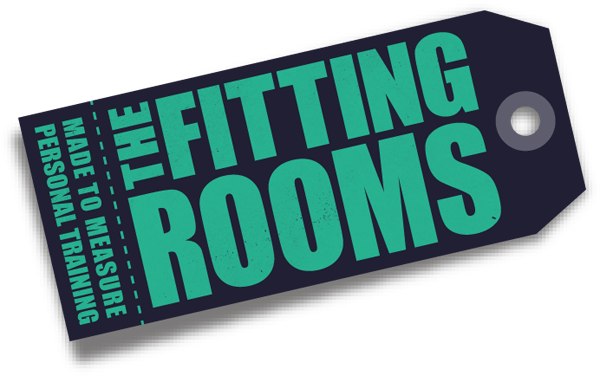
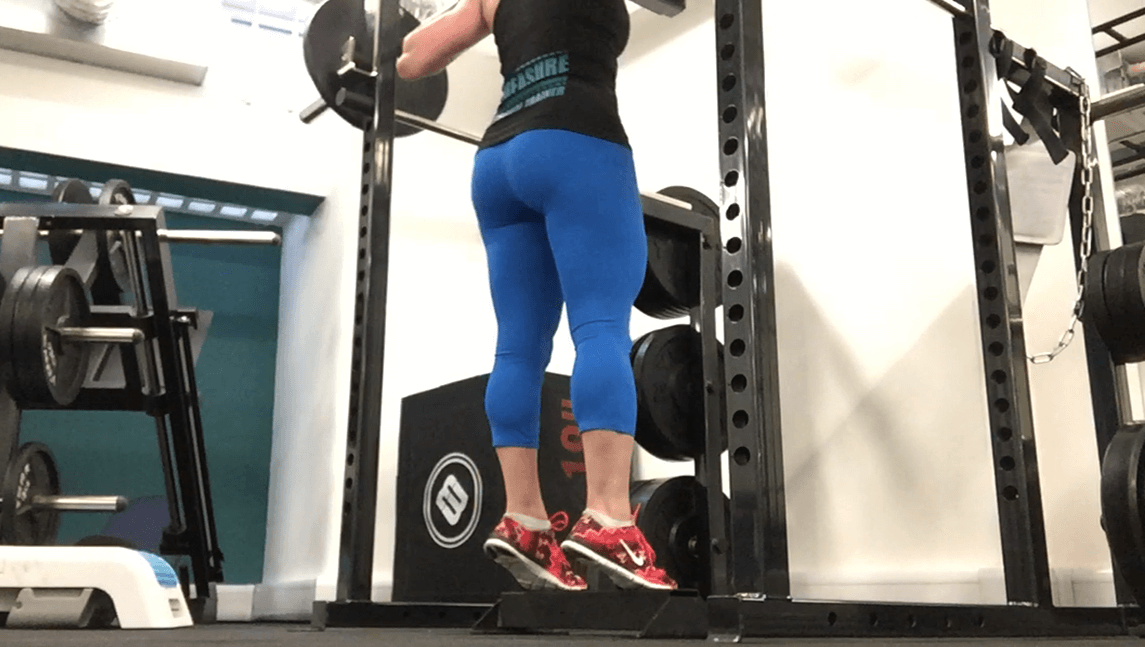
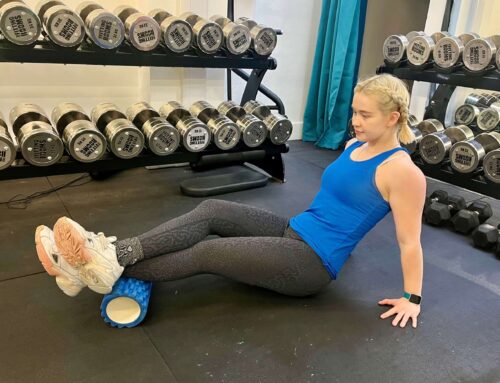
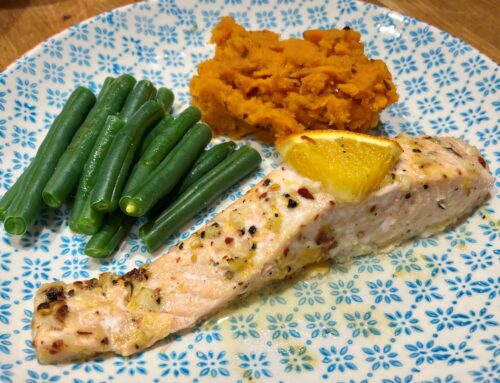
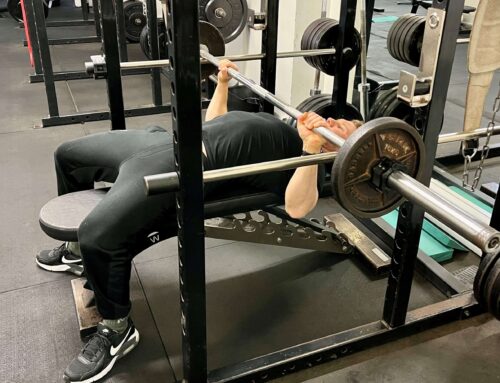

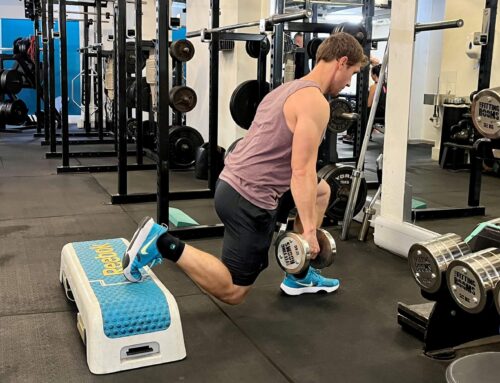
How often should we incorporate calve exercises? Every leg day? Which is 2/3x/ week.
Also what’s he 2-1-1-1 tempo?
Hi Sara, thanks for your question. If calf size is your objective then you can train them frequently – anywhere from 2-5 times a week, trying to vary the tempos and angles. If you’re coming at it from more of a functional perspective, where you’re looking to build strength, balance and mobility across the body, then 1-2 times a week is more than adequate. Tempos are always given with the first number giving the speed of the eccentric or lowering phase. So 2-1-1-1 would indicate a 2 second lowering of the calf; a 1 second pause at the bottom; one second to return to start position and 1 second pause at the top.